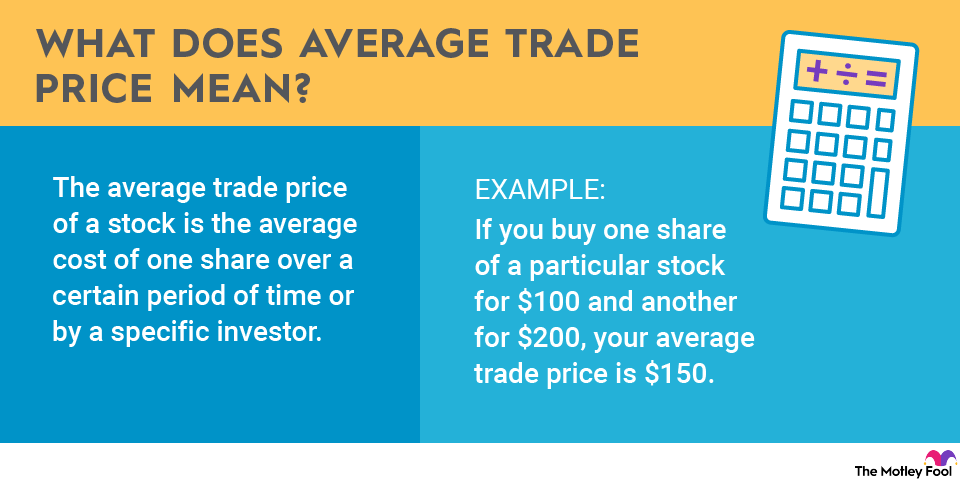Alternative investments can add depth to your portfolio, but they come with notable risks. Find out whether alternatives have a place in your portfolio with this guide. You'll learn the main types of alternatives available, their advantages and disadvantages, how to invest in them, and how much alternative asset exposure experts recommend.

Understanding alternative investments
Alternative investments are nontraditional financial assets. They include things like real estate, cryptocurrencies, collectibles, and private equity that fall outside the conventional categories of stocks, bonds, and cash.
Steps to invest
Alternative asset investing requires discipline. Take a look at how Bitcoin's value has changed over the last year, and you'll see why: The volatility of this asset makes the S&P 500 look calm by comparison. To minimize your chances of costly mistakes, follow these steps to invest in alternative assets:
- Define your risk tolerance. Be honest about how much risk you can handle. You may decide alternative assets aren't for you.
- Set your goal. Are you interested in passive income or capital gains? The answer will limit your asset choices.
- Know your interests. Ideally, you will choose an asset type you enjoy researching. Research contributes to deeper expertise, which informs better decisions.
- Research your options. Spend time learning which alternative investments you can access and how each reacts to different economic conditions.
- Set an allocation. An allocation is a cap on the exposure you will accept for that asset. It is expressed as a percentage of your portfolio. Having an upper limit to your investment gives you a budget and helps you manage risk.
- Invest and monitor. Invest in your chosen asset according to your budget and monitor the performance. You may also want to define an exit strategy -- that is, the conditions under which you'd sell.
Related investing topics
Example allocations
Your alternative investment allocation -- the fifth step above -- influences your risk and overall experience with these assets. Expert-defined portfolios generally target alternative investment exposure at 0% to 20%. Three examples are below.
- All-weather portfolio by hedge fund manager Ray Dalio includes 7.5% in gold and 7.5% in commodities. The portfolio also includes 40% long-term bonds, 30% stocks, and 15% intermediate-term bonds.
- Aggressive growth Core-4 portfolio by author and advisor Rick Ferri includes 8% exposure to a U.S. real estate index fund. The remaining positions are 48% in U.S. stocks, 24% in international stocks, and 20% in U.S. investment-grade bonds.
- Warren Buffett portfolio, inspired by the famous leader of Berkshire Hathaway, does not include alternative assets. This portfolio is a simple but aggressive mix of 90% U.S. stocks and 10% short-term U.S. Treasury debt.
The percentage exposure you target is a personal decision, but starting low is usually best. You can always add to your position as you get comfortable with your alternative positions.



















